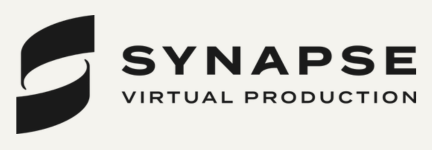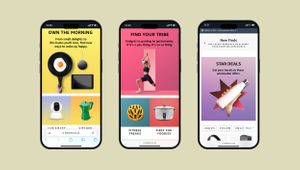
The Smart Way to Blend Influencer and Brand-Led Content

Influencers and creators are increasingly being used by brands to fuel content-led campaigns at all levels of an increasingly flat marketing funnel. They provide an authentic voice to build trust in new products, bring attention to new brands, provide social proof at the ‘consideration’ stage of a customer journey and prompt purchases via affiliate deals. Influencers can even maintain engagement post-purchase by sharing behind-the-scenes content, tutorials, or user-generated content, fostering brand loyalty.
Brands are now comfortable with the risk of giving influencers freedom of expression within tolerable guidelines, and the risk of not doing so; but is there a risk that brands give up too much equity by over-relying on influencers? And if so, how can the balance be achieved between brand-led content and influencer content?
Late last year, Miro, the leading productivity software brand, collaborated with diverse influencers across Instagram and LinkedIn to showcase its versatile templates. Each influencer demonstrated how Miro templates could be used in various professional scenarios. The campaign was supported by Miro's own content, highlighting the practical uses of its templates, which drove higher engagement and conversions.
Deciding when and how to use influencer content is the key to achieving sustainable results but it also depends on what lifecycle stage the brand is in, the task at hand and the audience, of course.
For established brands, using influencers can often be a response to new entrants stealing market share with social media-focused brand positioning. If an established brand has lower credibility, building that social proof gradually with appropriately sized influencers and being led by their content can be an effective strategy. But brands must ask, what’s the value we can provide to the community forming around this content? The answer might not always be more content.
When Gymshark built strong relationships with fitness influencers and athletes, creating authentic content that showcases its products in real-world scenarios, the brand found an effective way to support these partnerships. They hosted events like Gymshark Athlete Meetups, which encouraged community engagement and loyalty. Of course, there was an opportunity to create brand-owned content around those events.
For influencer marketing to pay off ultimately, the audience needs to be migrated onto brand-owned channels. For e-commerce brands, that’s easily done and brand content can play a crucial role in conversion, answering likely questions and providing testimonials.
But such a simplified funnel-based view of how the two content streams can co-exist ignores too many opportunities for brands to impact and amplify awareness and confidently own a place alongside influencers generating the holy grail of ‘attention.’
Working with Screwfix, we promoted their 60-minute delivery proposition, Sprint, to a hard-to-impress trade audience. The TV campaign was supported online and featured a loveable cast dancing to a popular song with catchy lyrics. It was conceived with every intention of social media adaptation and blew up in waves of increasing virality thanks to the right influencers making content that leveraged the song and dance moves. This was a brand making something entertaining and then getting out of the way so user generated content could embed the campaign organically. In turn, the UGC was amplified by the brand and became branded content.
Brands looking to create content alongside influencers should focus on understanding the customer journey and the job to be done at each step, assess whether they have enough social licence to produce effective content at each of those steps and then identify the right influencer(s) working under appropriate contracted freedoms to augment their content strategy. Done well, the combination of brand and influencer content is compelling for audiences.















